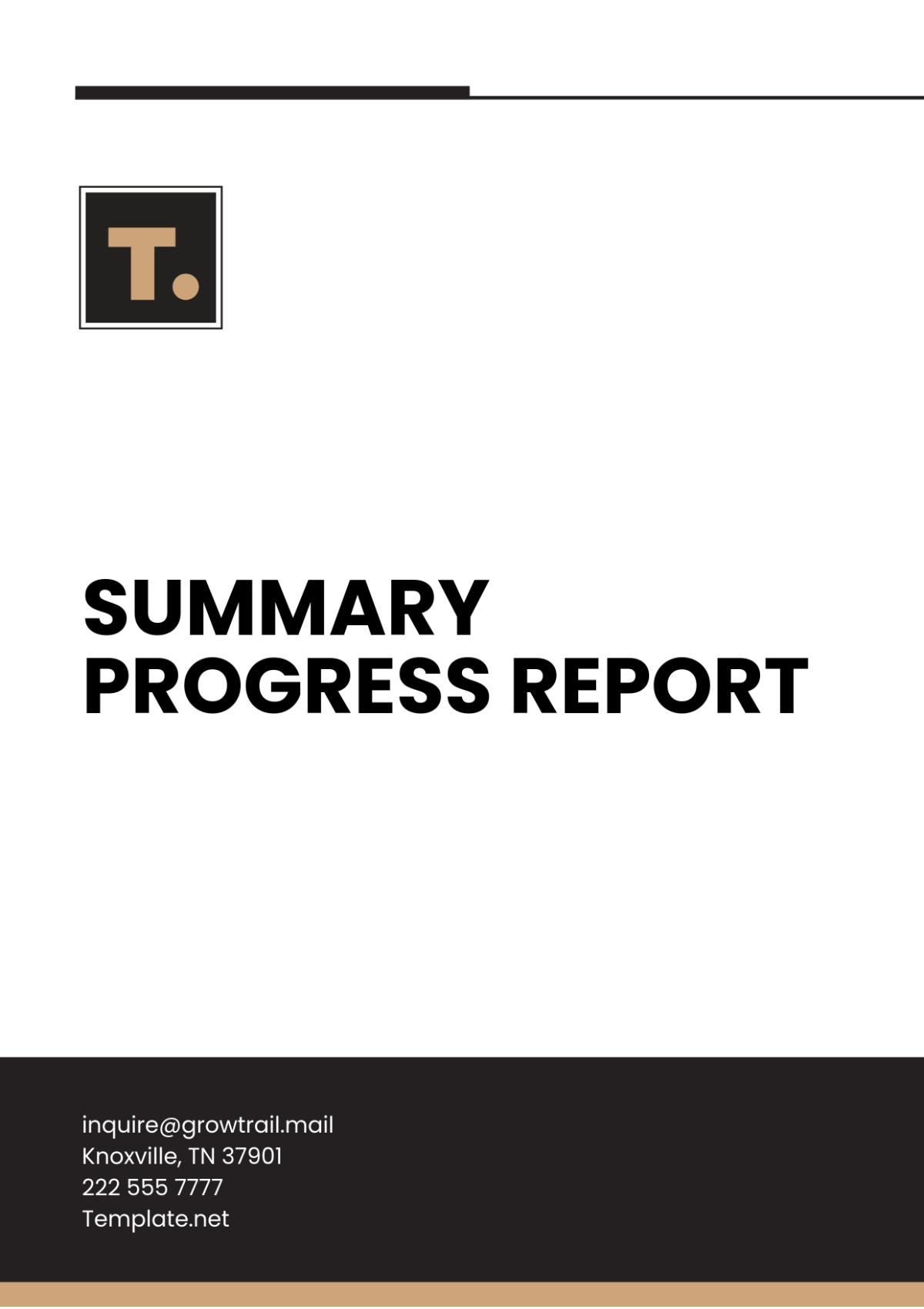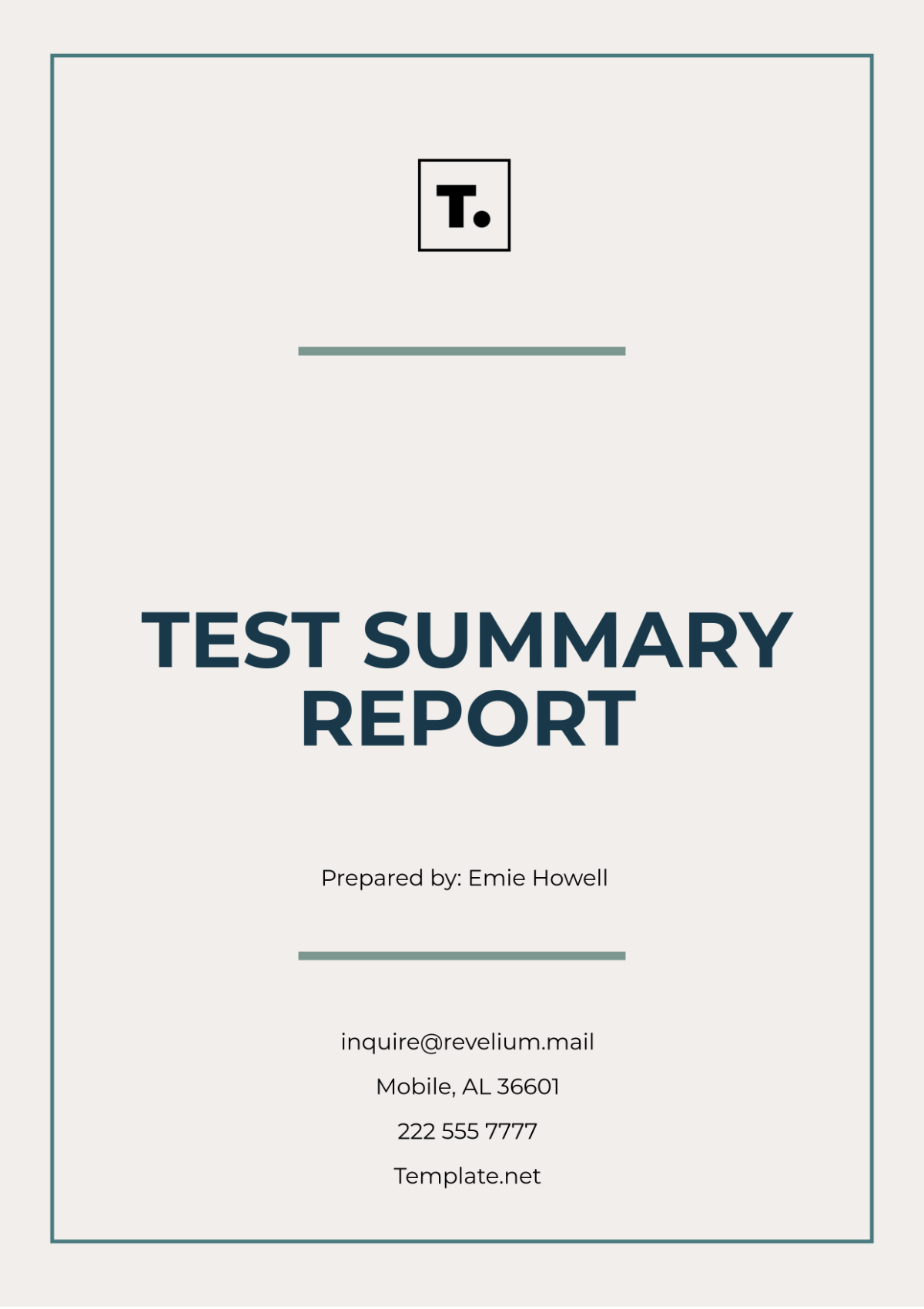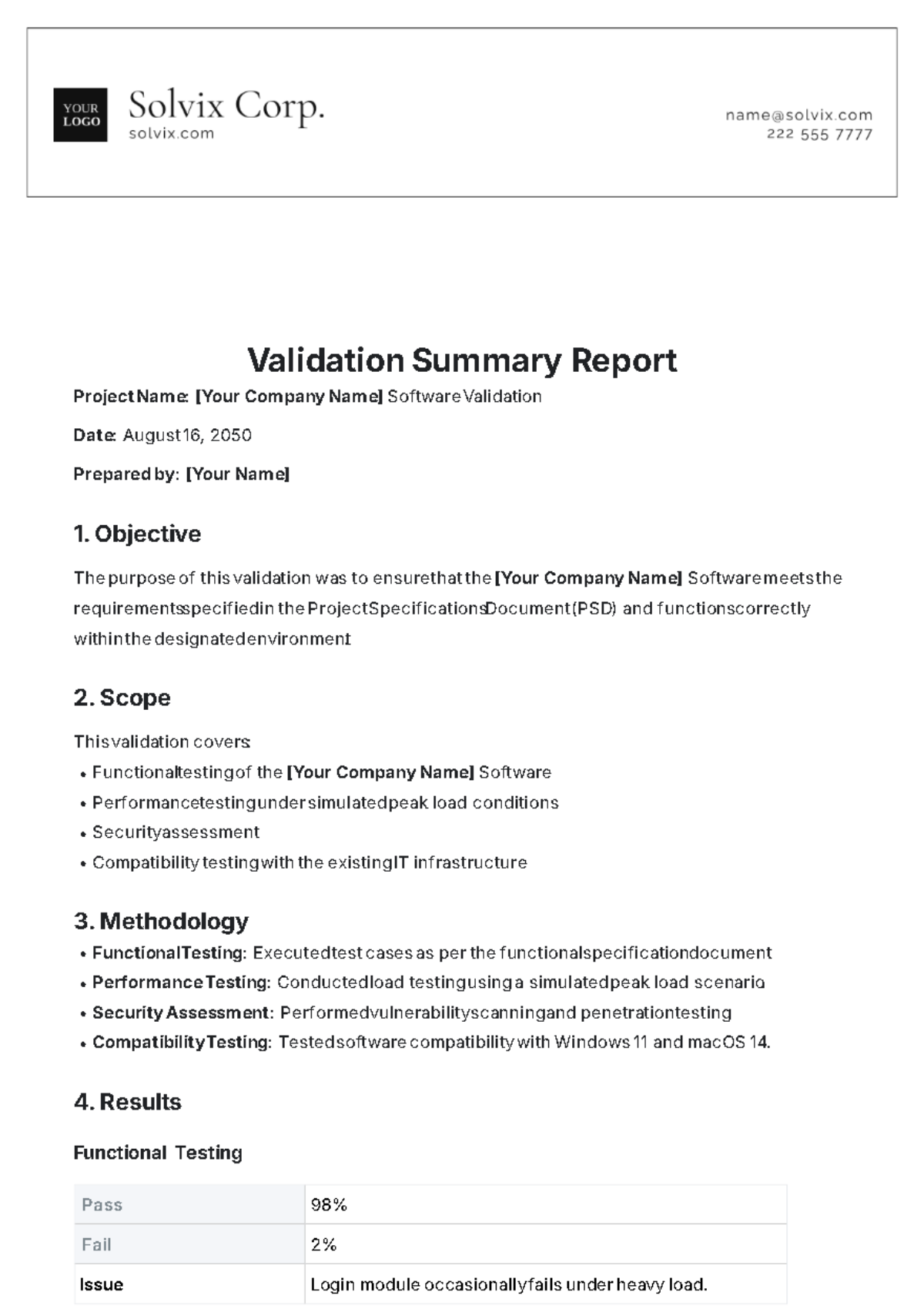Summary Statistics in Field Report
Prepared by: [Your Name]
Date: [Date]
I. Introduction
This report presents a comprehensive overview of the key quantitative data and descriptive statistics collected from the recent field study conducted in May 2054. The goal of this field report is to summarize the collected data using statistical measures and provide an insightful analysis to facilitate interpretation. The study aimed to explore consumer preferences regarding eco-friendly products within a targeted population of 500 individuals. This report includes sections on descriptive statistics, data visualizations, detailed analysis, and a conclusive summary.
The data collected focuses on three primary variables: age, purchase frequency, and preference for sustainable products. Statistical methods are employed to analyze these variables and identify patterns in consumer behavior.
II. Descriptive Statistics
A. Measures of Central Tendency
Measures of central tendency provide a summary statistic that represents the center point of a dataset. These measures are essential in identifying the typical values in the data, allowing for a better understanding of overall trends and patterns.
Mean: The average of all data points in the dataset. For instance, in the context of age, the mean is calculated by summing the ages of all respondents and dividing by the number of respondents.
Median: The middle value when the data points are ordered. This is particularly useful when dealing with skewed data, as it is less affected by outliers.
Mode: The most frequently occurring data point in the dataset. This measure helps in identifying the most common value, such as the most common age group or purchase frequency.
Measures of Central Tendency - Age Variable:
Measure | Value |
|---|---|
Mean | 50.4 |
Median | 48 |
Mode | 46 |
The mean age of respondents is 50.4 years, which suggests that most participants were in the middle-aged demographic. The median age of 48 indicates that half of the respondents were younger than 48, and half were older. The mode, 46, reveals that the most common age among the respondents was 46 years.
Measures of Central Tendency - Purchase Frequency:
Measure | Value |
|---|---|
Mean | 3.2 |
Median | 3 |
Mode | 2 |
For purchase frequency (how often respondents buy eco-friendly products), the mean is 3.2 purchases per year. The median value of 3 suggests that half of the respondents made 3 or fewer purchases annually, while the mode of 2 indicates that purchasing eco-friendly products twice per year was the most common behavior among participants.
B. Measures of Dispersion
Dispersion measures assess the spread of data points from the mean value, providing insight into variability within the dataset. These measures help in understanding how much the data points differ from one another.
Standard Deviation: A measure that quantifies the amount of variation in a set of data values. A low standard deviation means data points are close to the mean, whereas a high standard deviation indicates more spread-out data.
Variance: The average of the squared differences from the Mean. This is another measure of how much the data varies, but it is expressed in squared units.
Range: The difference between the maximum and minimum values in the dataset. It shows the full spread of the data but is sensitive to outliers.
Measures of Dispersion - Age Variable:
Measure | Value |
|---|---|
Standard Deviation | 5.2 |
Variance | 27.04 |
Range | 20 |
The standard deviation of 5.2 indicates a moderate spread of ages around the mean, which implies that the data is not highly concentrated but also not too widely dispersed. The variance of 27.04 confirms this moderate spread. With a range of 20, we observe that the age of the respondents spans a relatively wide range, from 40 to 60 years.
Measures of Dispersion - Purchase Frequency:
Measure | Value |
|---|---|
Standard Deviation | 1.2 |
Variance | 1.44 |
Range | 5 |
The purchase frequency has a standard deviation of 1.2, indicating that while most respondents purchase eco-friendly products around 3 times a year, some respondents have a much higher or lower frequency. The variance of 1.44 and a range of 5 show that purchase habits vary significantly among participants.
III. Data Visualizations
A. Histogram
A histogram was created to visualize the frequency distribution of the age variable, showcasing how data points are distributed across different age groups. The bins represent age ranges (e.g., 40-45, 46-50, 51-55, etc.), with the height of each bar representing the number of respondents within each range.
From the histogram, we can observe that the majority of respondents fall within the 40-50 age range, which aligns with the central tendency measures.
B. Box Plot
A box plot was utilized to provide a graphic summary of the data distribution for purchase frequency, highlighting the median, quartiles, and potential outliers within the dataset. The box plot reveals that most respondents make between 2 and 4 purchases per year, with a few outliers who make significantly more or fewer purchases.
IV. Analysis
In this section, a detailed analysis of the summary statistics is conducted to derive interpretations and insights from the data. The mean age of 50.4 suggests that the respondents were primarily middle-aged individuals, potentially representing a demographic more concerned with sustainability and eco-friendly products.
The median age of 48 and the mode of 46 indicate that the majority of participants are clustered around the mid-40s to early 50s. This may suggest that individuals in this age group are more likely to make informed choices regarding eco-friendly purchases.
The standard deviation of 5.2 for age indicates moderate variability in the respondents' ages, while the range of 20 demonstrates that the respondents were spread across a wide age group.
When it comes to purchasing frequency, the mean of 3.2 and mode of 2 suggest that respondents are moderately frequent buyers of eco-friendly products, but the wide range (5) and relatively high standard deviation (1.2) indicate that there are significant differences in purchase behavior.
V. Conclusion
This field report aimed to encapsulate the essential statistical summaries of the collected data, incorporating quantitative measures and visual analysis to ensure comprehensive data interpretation. Ultimately, the findings and visual interpretations drawn from this field study provide meaningful insights into the distribution and variability of the dataset.
The data suggests a strong tendency for middle-aged respondents to be concerned with eco-friendly product purchases, though there is a notable variability in how frequently they engage in such purchases. These insights are crucial for marketing teams looking to tailor products or promotions for this age group, as well as for researchers interested in further exploring consumer behavior related to sustainability.

















































